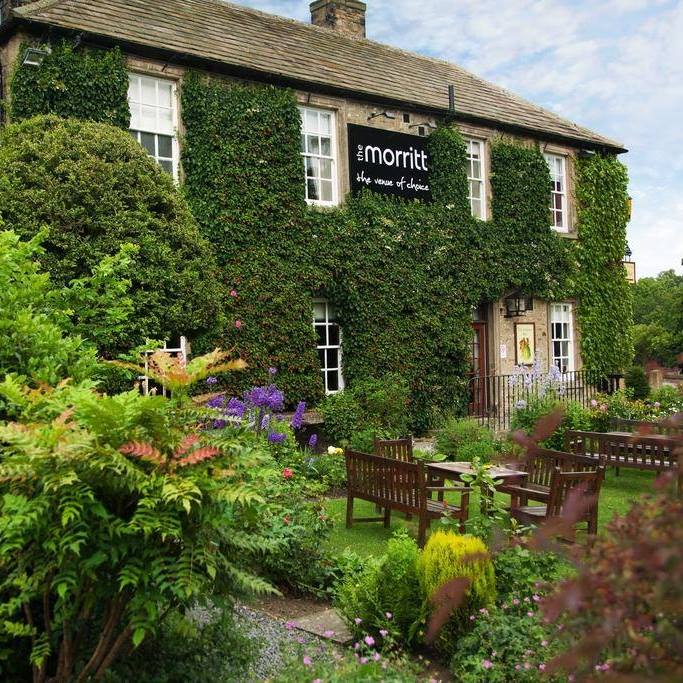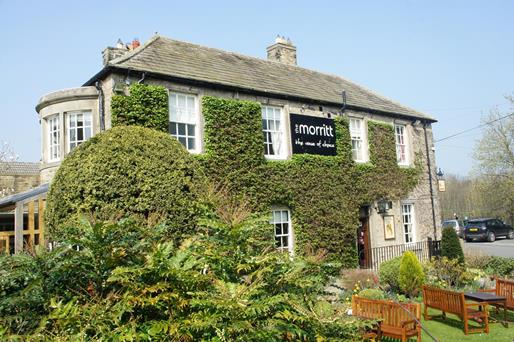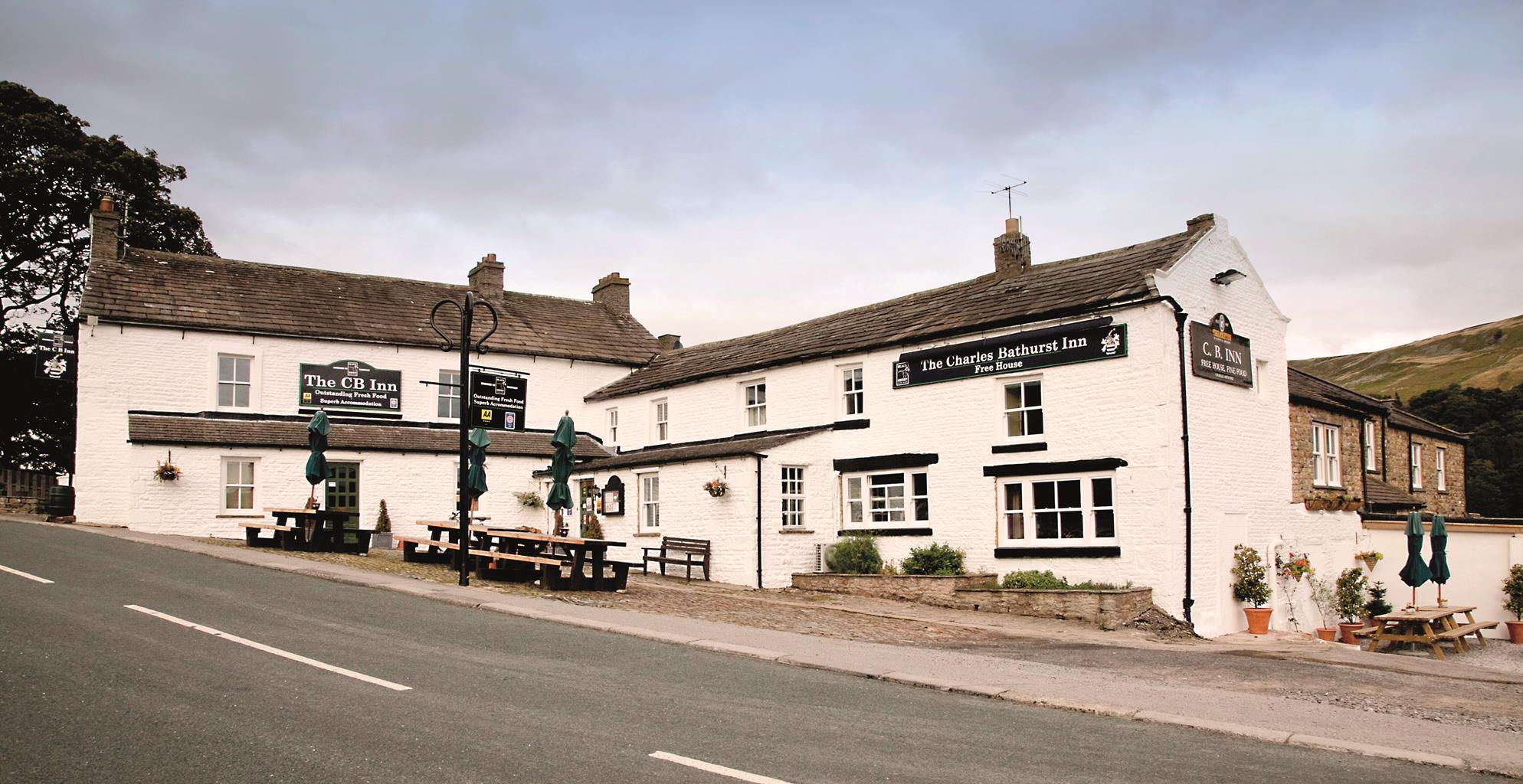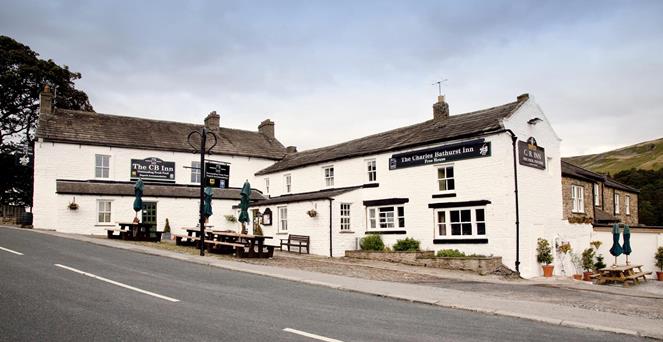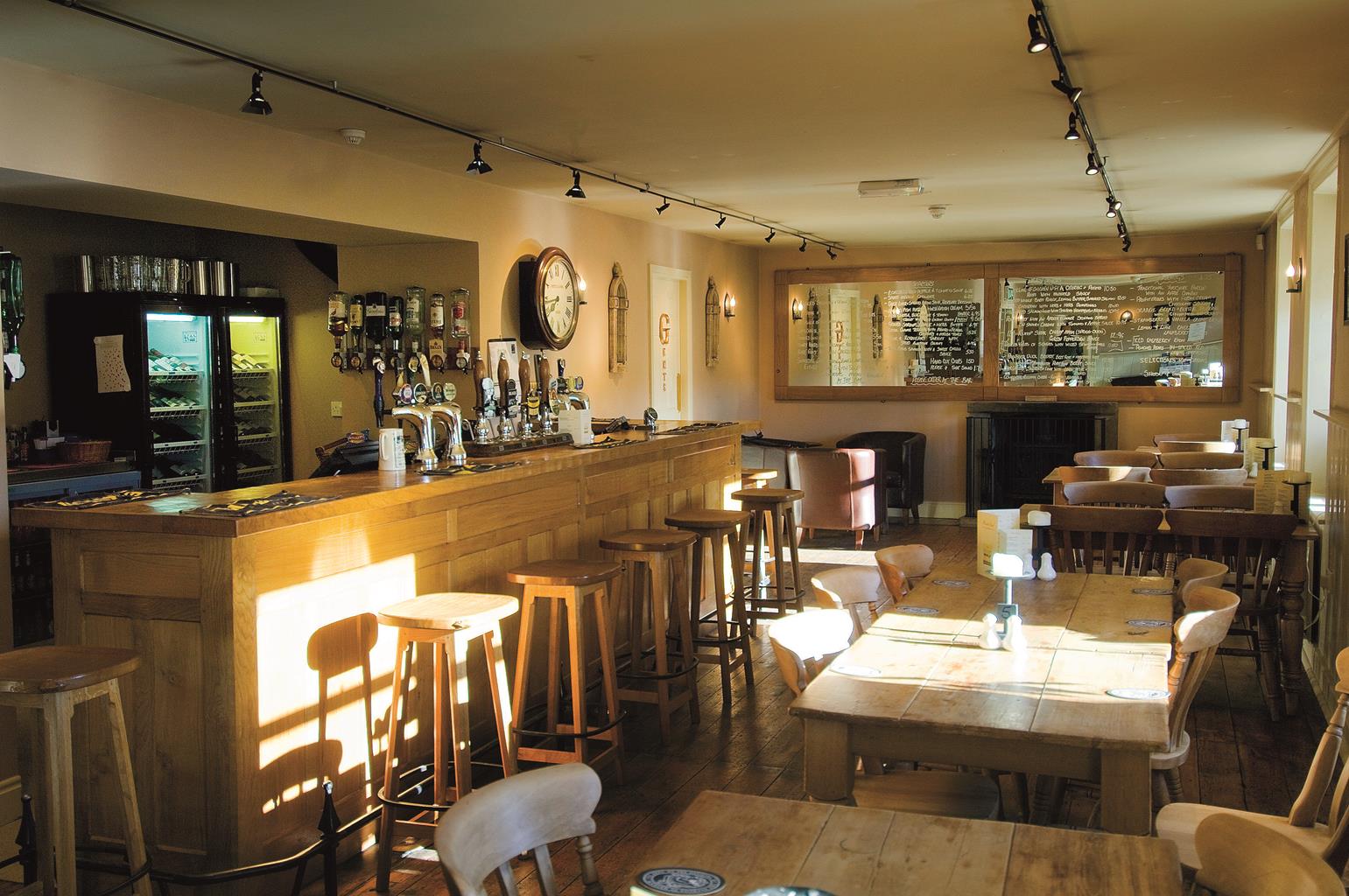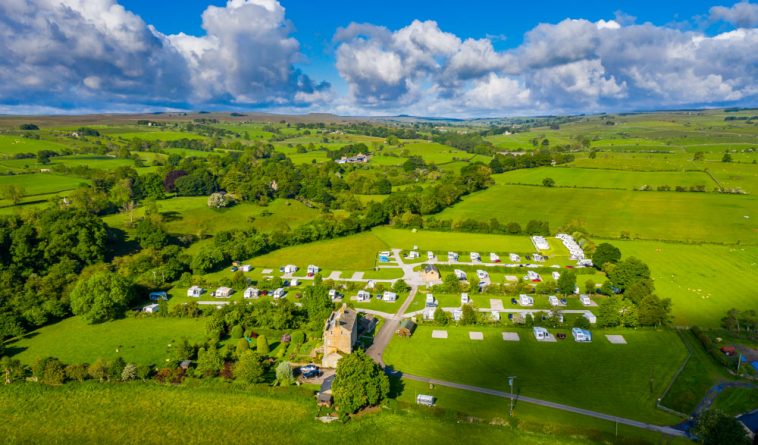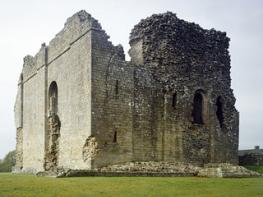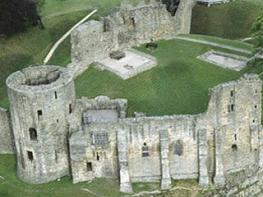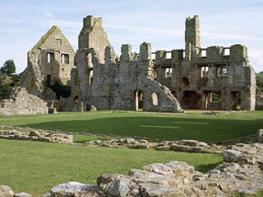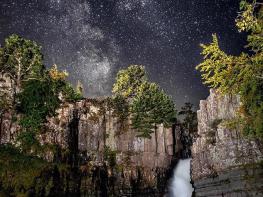In the North Pennines Area of Outstanding Natural Beauty, Blackton Grange is a luxury retreat…
On Cotherstone Moor

5.5 miles (8.8kms)
About the walk
Few people – other than those passing through on their epic Pennine Way trek (who have two routes to choose from in this corner) or the fishermen who come to practise their sport on the reservoirs stepping down the base of the valley – have probably heard of Baldersdale, let alone visited it. Yet it is one of those wild and seemingly remote places that has a haunting beauty.
An ancient past
The moors rising from the long fold of the valley are now largely deserted, populated only by lonesome wandering sheep or birds, particularly in early summer when you might hear the distinctive cry of curlew or lapwing echoing across the empty landscape. But it has not always been so. Our ancient ancestors passed through and perhaps even settled during the early Bronze Age, for although no certain sites have been identified, cup-and-ring marks have been found on outcropping sandstone boulders in several places. The rock is relatively soft and time is taking its toll, but those within the Battle Hill MOD land have been digitally scanned to preserve a record. The stone of the hills has been extensively quarried over the centuries and more than 36 separate quarries are known. Down at West Friars, an old stone building served as a powder store and would have been isolated to limit damage in case of an accidental explosion.
Water for growing towns
Today the valley is dominated by its three reservoirs. Hury, the first, was built in 1894 and has a separate dam at its upper end. The overspill bypasses the main reservoir through the dam wall to continue down the valley as the River Balder. Like the Blackton Reservoir, constructed two years later, it provided water to the then rapidly expanding townships of Stockton and Middlesborough. The Balderhead Reservoir was only begun in 1961. Its earth dam is 3,000ft (914m) long and 157ft (48m) high, and at the time set the record for the highest earth dam in Britain. Stretching back into the narrowing head of the valley, the lake is by far the largest of the three and holds back some 16 million cubic metres of water.
The tributary streams of the Balder reach in wavy tentacles across the high moors of Stainmore Common, almost touching those of the neighbouring valleys of the Lune and Deep Dale, as well as those that tumble steeply westwards into Swindale, Augill and Argill to feed the River Eden on the other side of the Pennine watershed. Before the dams were built, the River Balder was a trout stream harbouring native brown trout or 'brownies', and their pure-bred descendants still live in the upper reservoir. The lower reservoirs are stocked with rainbow and blue trout, as well as roach, all of which provide sport for fishermen.
Walk directions
Ignore the bridleway sign opposite the parking area and head back along the lane. Branch off right after 150yds (137m) by a Pennine Way signpost along an indistinct path slanting up across Cotherstone Moor. Marked by occasional wayposts, the trod passes right of Burners Hills, crossing a succession of drainage ditches. Climb on past the western tributary of Duck Sike, aiming for a Pennine Way signpost that becomes visible on the skyline. The way finally rises to a gate and stile beside the post at the corner of a wall and fence on the shoulder of Race Yate, the highest point attained during the walk.
Pass through the gate and follow the wall forward for 100yds (91m) to another gate. A faint trod, marked as a bridleway, leads away left to the east, initially runing parallel to a fence over to the left. In time, a low scar develops, the ground falling away more steeply below to give a grand view across Deep Dale to the hills of the northern Yorkshire Dales. The path runs along the top of the lip, gently descending along Ladyfold Rigg.
After almost 1.75 miles (2.8km) the way leads to a gate in a crossing boundary. Turn left on a faint path that runs more or less beside the right-hand wall, which a little further along marks the western boundary of the Battle Hill MOD firing range. Carry on for 0.5 miles (800m) to a wall corner near the ruins of West Loups's farmstead.
Go through the left-hand one of the two gates there and bear half left to pick up a clearer path that descends across the moor towards the distinctive hill of Goldsborough. Keep going beyond a post marking a junction to a high-railed bridge crossing Yawd Sike. The path then swings left, shortly approaching the impressive crags of Goldsborough. A faint path off to the right offers a detour onto the summit to appreciate the view.
Return to the main path and continue northwestwards, the path dropping beyond the crest to reveal the view into Baldersdale. Lower down where the path forks, take the left branch. Carry on to the lane and walk left back to the parking area.
Additional information
Moorland paths, 2 stiles
Open moorland
Sheep country, dogs should be on leads
OS Explorer OL31 North Pennines
Small parking area beside end of lane
None on route
WALKING IN SAFETY
Read our tips to look after yourself and the environment when following this walk.
Find out more
Also in the area
About the area
Discover Durham
If the Prince-Bishops of Durham had set out to make their cathedral the greatest tourist attraction in the northeast, they could not have done better. In a sense, that is exactly what they did set out to do. For some five centuries, until the Protestant Reformation, pilgrimages were big business. The bones of St Cuthbert and the skull of St Oswald attracted the halt (disabled), the lame and the old to Durham in the hope of a miraculous healing.
The cathedral and the castle were what Durham was all about, from the early Middle Ages onwards, but even without these landmarks the city of Durham would be spectacular. From whichever side you approach, Durham is a magnificent sight. It’s a city that needs to be explored the hard way – on foot.
Nearby stays
Restaurants and Pubs
Nearby experiences
Recommended things to do
Why choose Rated Trips?
Your trusted guide to rated places across the UK
The best coverage
Discover more than 15,000 professionally rated places to stay, eat and visit from across the UK and Ireland.
Quality assured
Choose a place to stay safe in the knowledge that it has been expertly assessed by trained assessors.
Plan your next trip
Search by location or the type of place you're visiting to find your next ideal holiday experience.
Travel inspiration
Read our articles, city guides and recommended things to do for inspiration. We're here to help you explore the UK.

